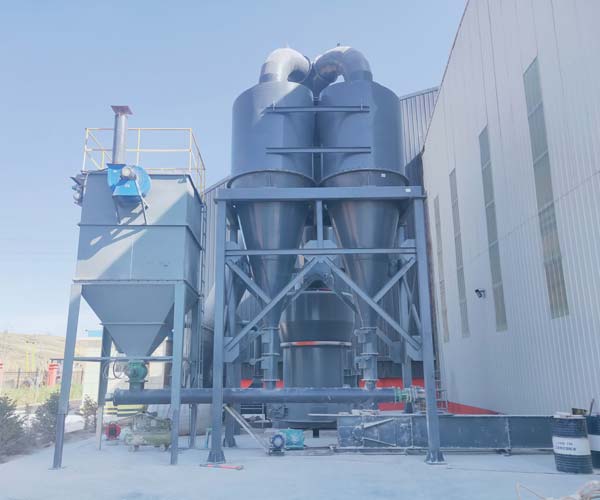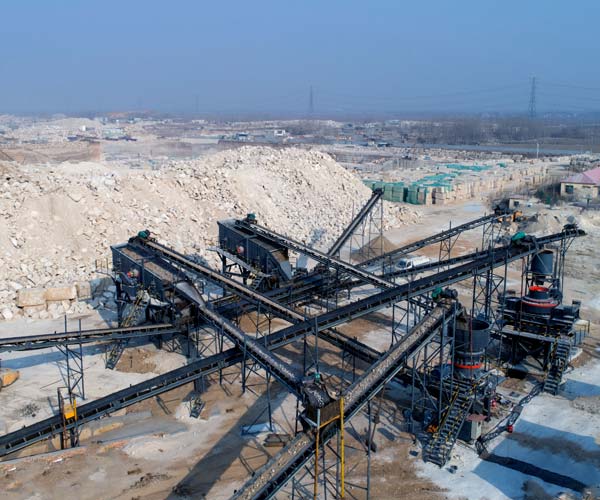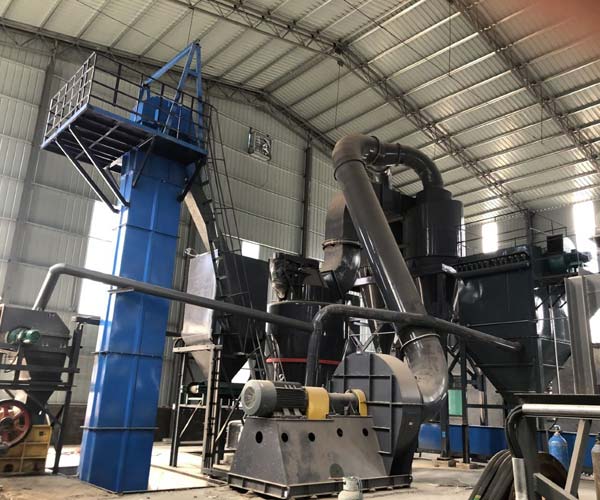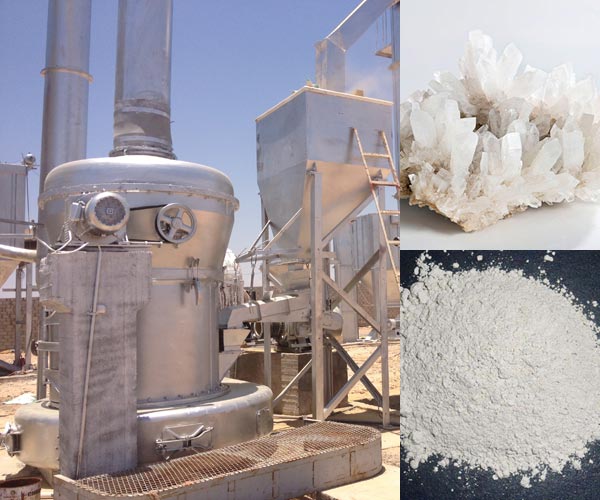
In industrial processes, few are as fundamental as grinding mill operations, especially in the processing of minerals like barite. Grinding mills play a pivotal role in breaking down raw materials into fine powders, with applications ranging from pharmaceuticals to construction materials
24 Online Service

The journey of barite begins in quarries, where the mineral is extracted from the Earth’s crust. These quarries are strategically located based on the geological formations that contain commercially viable deposits of barite. Once identified, the extraction process commences, typically involving drilling and blasting to access the deposits.
After extraction, raw barite undergoes a series of processing steps to transform it into a product suitable for various industries. The initial stages involve crushing and screening, crucial processes that determine the size and quality of the final product. Crushing reduces large chunks of barite into smaller, more manageable pieces, while screening helps separate the different sizes, ensuring that the end product meets industry specifications.
Barite comes in various grades and qualities, and the processing methods employed play a pivotal role in determining these characteristics. The two primary processing methods are “white” and “off-color” processing.
In the white processing method, the goal is to produce a high-purity, colorless product suitable for applications where the presence of impurities is undesirable. This process involves rigorous purification techniques to eliminate contaminants, resulting in a premium-grade white barite.
Off-color processing caters to applications where the purity requirements are less stringent. This method allows for a broader range of impurities, leading to variations in color and grade. Off-color barite finds its place in industries where the visual appearance is not a critical factor, such as in the oil and gas drilling sector.

Raw barite is not readily usable in these industries. Grinding mills step in as the catalysts for transforming crude barite into the fine powder required for diverse applications.
One of the most common types of grinding mills, ball mills utilize balls made of stainless steel or ceramic to crush the material into fine particles. The rotating drum of the ball mill ensures a cascading motion of the balls, effectively grinding the raw barite.
Roller mills operate by compressing and crushing the material between two large rollers. This method is known for its efficiency in producing a uniform and fine powder. In barite processing, roller mills are often employed for their ability to grind materials under high pressure, yielding a finely ground product.
Vertical mills, with their upright spindle orientation, are adept at handling and grinding bulk materials. These mills are particularly suitable for barite processing due to their ability to grind, dry, and classify in a single machine, streamlining the overall process.
The grinding of barite involves a series of carefully orchestrated steps to ensure the transformation of raw material into the desired fine powder:
Raw barite is first crushed into smaller particles, facilitating the subsequent grinding process. This initial step is crucial in preparing the material for efficient grinding.
As the name suggests, grinding mills are the heart of this process. The chosen mill, whether it be a ball mill, roller mill, or vertical mill, applies mechanical forces to break down the barite particles further, reducing them to the desired fineness.
Following grinding, the powdered barite undergoes classification, separating particles based on size. This step ensures uniformity in the final product and allows for the removal of any oversized or undersized particles.
The pursuit of efficiency and quality in powder production has driven continuous innovations in grinding mill technology. Some noteworthy advancements include:
Modern grinding mills often incorporate sophisticated control systems that optimize the grinding process. These systems can adjust parameters in real-time, ensuring consistent quality and minimizing energy consumption.
HPGR technology has gained prominence in recent years, especially in barite processing. By applying high pressure between two counter-rotating rolls, HPGRs efficiently crush and grind the material, producing finer particles with lower energy consumption compared to traditional grinding mills.
Automation has become a key feature in grinding mill technology. Automated systems can monitor and control various aspects of the grinding process, contributing to both efficiency and product quality. This integration reduces human error and enhances overall plant performance.
Sustainable practices are at the forefront of industrial processes, and grinding mills are no exception. Manufacturers are investing in energy-efficient designs to minimize environmental impact and operational costs.

Barite powder is widely employed in the oil and gas drilling industry as a weighting agent. Due to its high specific gravity, it increases the density of drilling fluids, preventing blowouts and stabilizing boreholes. This application is crucial for maintaining well integrity during drilling operations.
In the paints and coatings industry, barite powder acts as a filler, enhancing the durability and opacity of the final product. Its chemical inertness makes it an ideal choice for applications where stability and resistance to environmental factors are essential.
Barite powder finds utility in the rubber and plastics industry as a filler, imparting strength and hardness to the final products. Its compatibility with various polymers makes it a versatile additive, contributing to the enhancement of mechanical properties in a wide range of materials.
The construction industry utilizes barite powder in the production of concrete to increase density and reduce permeability. This results in concrete with improved durability and strength, making it suitable for various construction applications, from residential buildings to infrastructure projects.
Barite is employed in medical imaging procedures, such as X-rays and CT scans, as a contrast agent. The high density of barite enhances the visibility of internal structures in the human body, aiding in the diagnosis of various medical conditions.
Offshore drilling operations face unique challenges, and the use of barite powder in drilling fluids plays a pivotal role in overcoming these challenges. The Gulf of Mexico, known for its deepwater drilling activities, extensively relies on barite to ensure the safety and efficiency of offshore drilling operations.
The construction of high-rise buildings demands concrete with superior strength and durability. In the construction of skyscrapers like the Burj Khalifa in Dubai, barite powder has been incorporated into the concrete mix to enhance its density and performance, ensuring the structural integrity of these architectural marvels.
Hospitals worldwide utilize barite as a contrast agent in medical imaging procedures. Its application in X-rays and CT scans improves the diagnostic accuracy of medical professionals, enabling them to visualize internal structures with greater clarity.
Our Projects
Copyright © ZENITH, All Right Reserved.
